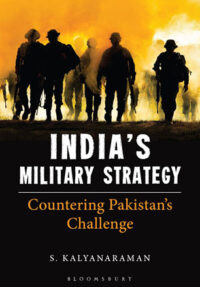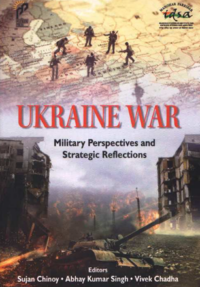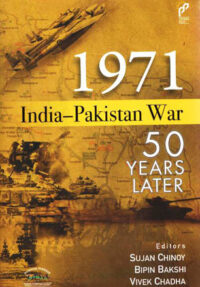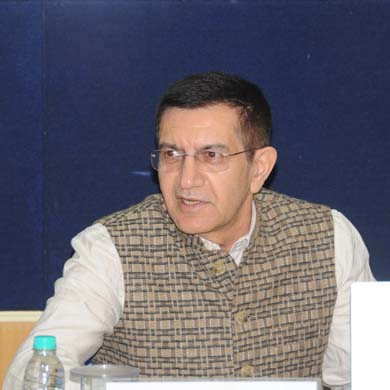Artificial Intelligence in Military Operations: Technology, Ethics and the Indian Perspective
After decades of false starts, AI/ Robotics technologies today appear to be at an inflection point, making rapid advancements which are considered significant enough to usher in a new revolution in military affairs
- R S Panwar
- January 31, 2018












